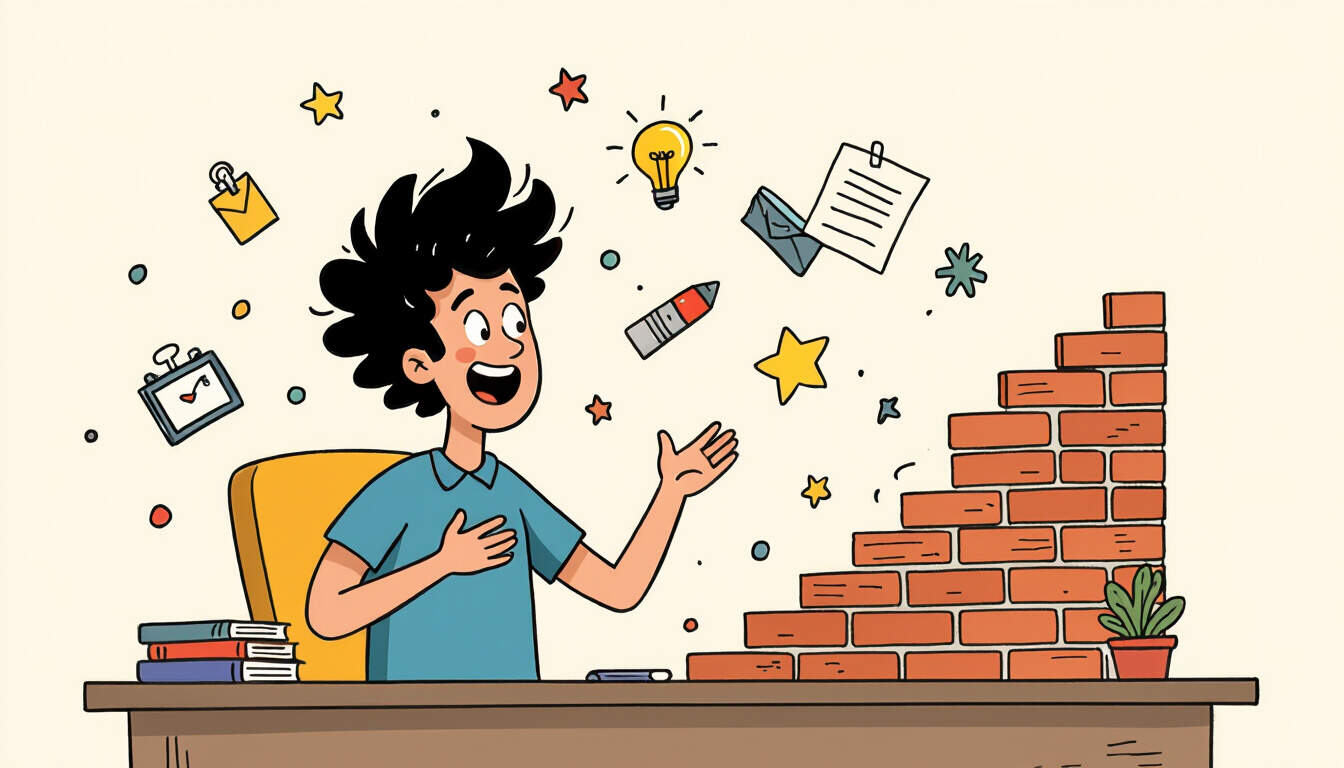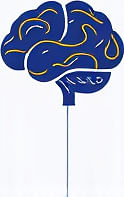Establishing Boundaries in Remote Work for Adults with ADHD
 by Lilian Nienow
by Lilian Nienow
For adults with ADHD, remote work can blur lines between professional and personal life. This article explores practical strategies to set clear boundaries, boost productivity, and maintain balance. Learn simple hacks to manage distractions and foster a supportive routine.

Remote work offers flexibility, but for adults with ADHD, it can lead to challenges like constant distractions and overworking. Establishing boundaries becomes essential for maintaining focus and well-being.
The Importance of Boundaries for ADHD in Remote Settings
One key aspect is recognizing how ADHD affects daily routines. For instance, hyperfocus might keep someone glued to tasks longer than intended, leading to exhaustion. Clear boundaries help prevent this by defining work hours and break times.
Another factor is the home environment, which can be full of interruptions. Setting specific rules around work time allows for better concentration. For example, informing family members about "do not disturb" periods creates a more controlled space.
Creating a Structured Daily Routine
A consistent schedule provides stability. Start by identifying peak energy times when ADHD symptoms are less intrusive. Use tools like timers to segment the day into focused work blocks and rest periods.
Incorporate short, regular breaks to recharge. This technique, often called the Pomodoro method, involves working for a set period, say 25 minutes, followed by a five-minute pause. Such routines reduce overwhelm and improve task completion.
It's also helpful to prioritize tasks at the beginning of the day. Make a simple list of three main goals to avoid scattering attention across too many items. This approach supports productivity without overwhelming the mind.
Designing an Effective Workspace
The physical setup plays a big role in managing ADHD in remote work. Dedicate a specific area for work that is separate from relaxation spaces, like the bedroom or living room. This separation signals to the brain when it's time to switch modes.
Keep the workspace organized with minimal clutter to minimize visual distractions. Use storage solutions to keep supplies handy but out of sight. Natural light and ergonomic furniture can further enhance comfort and focus.
For those with sensory sensitivities, consider elements like noise-cancelling headphones or soft lighting. These adjustments create an environment that accommodates individual needs, promoting sustained attention.
Managing Digital Distractions
Technology is a double-edged sword in remote work. Apps and notifications can pull focus away easily. Begin by turning off non-essential alerts during work hours to maintain a distraction-free zone.
Use browser extensions that block social media during designated times. This helps in building discipline around online activities. Setting phone to "do not disturb" mode during focus periods is another simple yet effective hack.
Email management is crucial too. Check inboxes at set intervals, such as every two hours, rather than constantly. This prevents procrastination loops and keeps the workflow steady.
Incorporating Self-Care and Balance
Beyond work, nurturing overall health is vital for those with ADHD. Ensure regular physical activity, like a daily walk, to help regulate energy levels and reduce stress.
Mindful practices, such as brief meditation or deep breathing exercises, can calm the mind and improve emotional regulation. Aim for seven to nine hours of sleep each night to support cognitive function.
Building in time for hobbies and social connections counters isolation in remote settings. These activities recharge the spirit and prevent burnout, fostering a healthier work-life dynamic.
In summary, implementing these strategies can transform remote work into a more manageable experience for adults with ADHD. By focusing on boundaries, routines, and self-care, individuals can achieve greater balance and efficiency in their daily lives.
